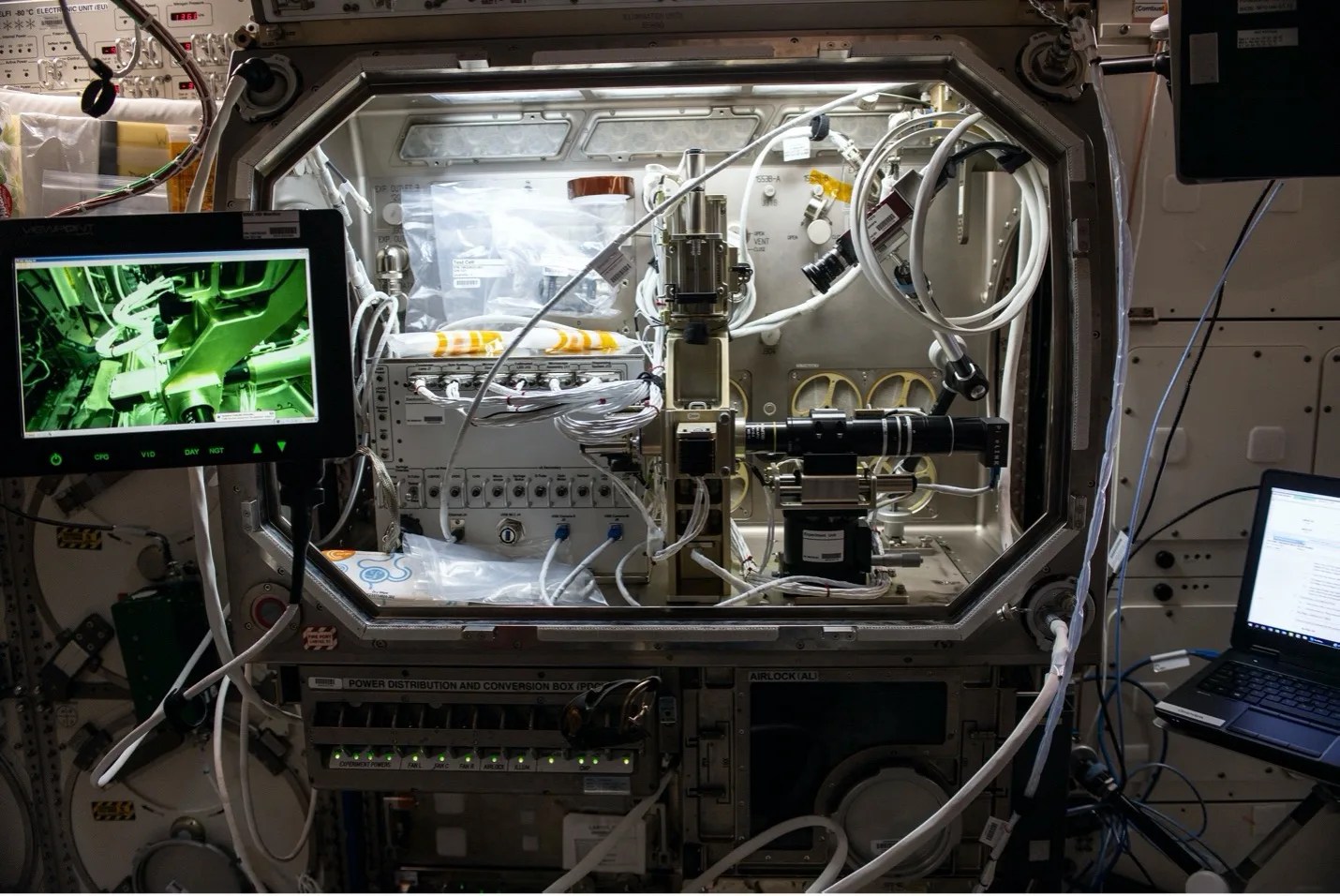Ring Sheared Drop (RSD)
Science Objective
The Ring Sheared Drop investigation examines the formation and growth of amyloids and fibrils without the complications associated with the solid walls of a container, because in microgravity, surface tension provides containment of the liquid. Fibrous, extracellular protein deposits found in organs and tissues, amyloids are associated with neurodegenerative diseases such as Alzheimer’s. Results could contribute to better understanding of these diseases as well as to development of advanced materials.
Status
Delivery to the International Space Station via NG-16

Space Applications
In microgravity, it is possible to observe liquids without the influences of the solid walls of containers. As a crewed microgravity laboratory and test bed, the International Space Station offers a platform for research on liquids with a variety of applications, from human health to materials, contributing to the ongoing commercialization of the orbiting lab.
Earth Applications
Amyloids are associated with neurodegenerative diseases such as Alzheimer’s. This investigation may contribute to a better understanding of these diseases and development of potential treatments.




